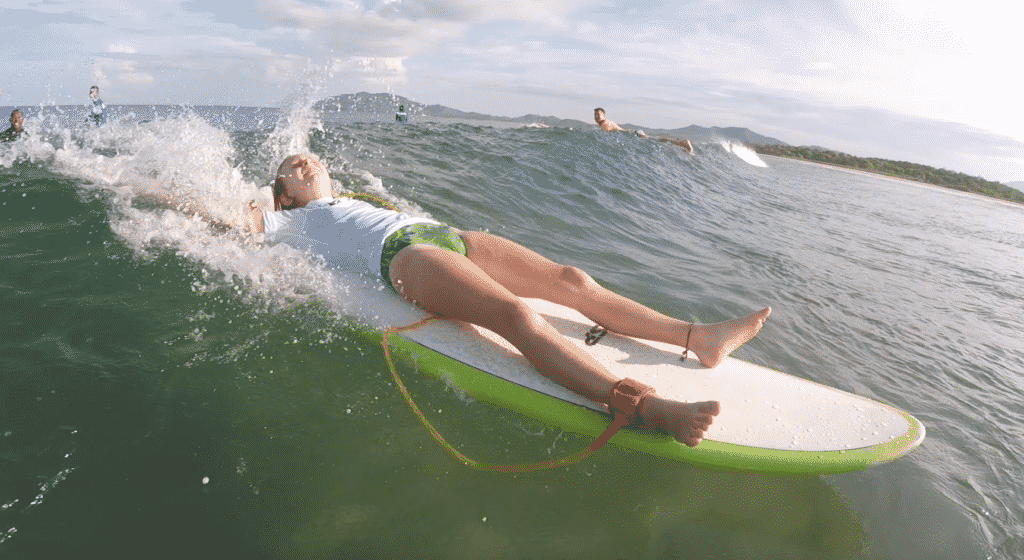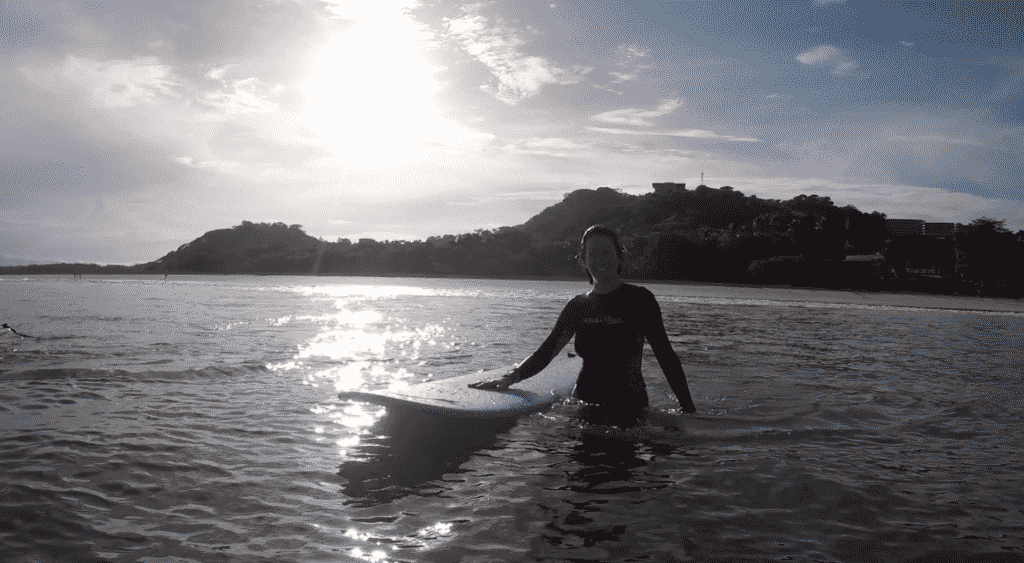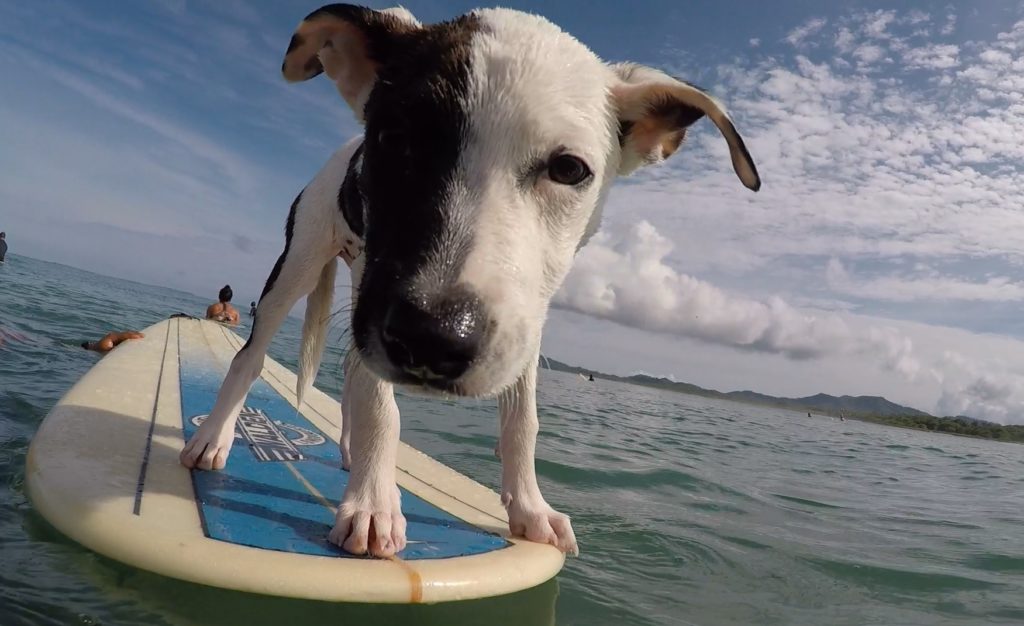Have you ever been scrolling through Instagram and been left in awe by the countless surf and ocean shots that dominate you feed? Do you wish that you too could conquer ocean photography? Do you often find yourself in beautiful coastal locations like sweet Playa Tamarindo, and wish that you could capture the moment as you truly see it? Well, you’re in luck because we’re here to help! Check out these photography tips and learn to take high-quality water shots!

1. Invest in equipment
Not everyone needs a $10,000 camera and a $1000 water housing. But, the right equipment goes a long way. The right camera for one photographer might not be the same for another. So, pick a piece of equipment to invest in that will truly elevate your photos, but also choose a camera that you will actually use. If you don’t live by the ocean, and only make it to the beach for a week each year, an expensive water housing probably isn’t for you. Instead, try a waterproof phone case or a GoPro, even a good point and shoot camera or a basic DSLR. Advance as much as you can with that equipment, and then move on to the next step.
2. Timing is everything
Sunsets are great but shoot during the golden hour to get the most saturated and dramatic lighting possible. The golden hour is typically shortly after sunrise or before sunset. If you’re shooting a subject on the beach during the middle of the day, overcast weather is your friend.
3. Know the tides
Are you swimming out to take photos of a buddy surfing? Or are you floating around trying to capture an image of the perfect empty wave? Either way, know your tides. A tide that is too low might be too dangerous to swim in, while a tide that is too high might not give you a uniform line up of waves to shoot. Generally, it is best to swim out for photos on a rising tide.
4. Make sure you know the correct settings
Are you shooting at dusk? Are you shooting flowing water like a waterfall? Are you shooting a surfer on a wave? Make sure you adjust accordingly for each of these scenarios. If you’re shooting flowing water, you’ll want a longer exposure to create that soft silky appearance. If you’re shooting a surfer on a wave, make sure you’re shooting at a high shutter speed. If your camera has a burst or sport spot, it’s best to start there. If you’re shooting at dusk using a handheld, remember to keep your shutter at least 1/60 to reduce shake. Lower apertures also work well, the light is your friend.
5. Shoot from slightly below the surface
If you’re in the water shooting, an easy way to give your photos a unique angle and feel is to shoot with your camera slightly submerged. This will create a divided image and give a glimpse of what’s under the sea!
6. Never turn your back on the ocean
Shooting in the ocean can be a blast, but it can also be an easy way to hurt yourself. Never underestimate the riptide or the power of a wave. Always be aware of the ocean and what she’s doing. If you’re careful, you’re bound to end up getting some great shots and having an awesome time in the process.













